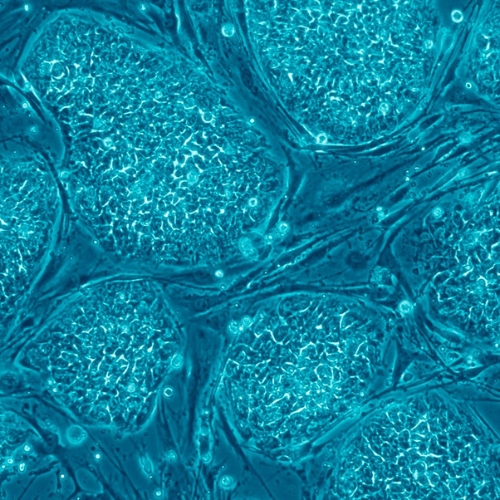Key points from article :
Toxic cells disappeared when mice received both therapeutic stem cells and the drug SDV1a.
"For the first time ever, we can direct a stem cell to a desired location and focus its therapeutic impact" - Evan Y. Snyder, senior author.
Scientists modified CXCL12, an inflammatory molecule to create a drug called SDV1a.
It can be injected anywhere to lure stem cells to a specific location without causing inflammation.
Researchers implanted SDV1a and human neural stem cells into the brains of mice.
SDV1a helped human neural stem cells migrate and perform healing functions, which included extending lifespan, delaying symptom onset, and preserving motor function.
Inflammation was not activated, and the stem cells were able to suppress any pre-existing inflammation.
"We are optimistic that this mechanism may potentially benefit neurodegenerative disorders, as well as non-neurological conditions" - Snyder.
Research by Sanford Burnham Prebys Medical Discovery Institute published in PNAS.







